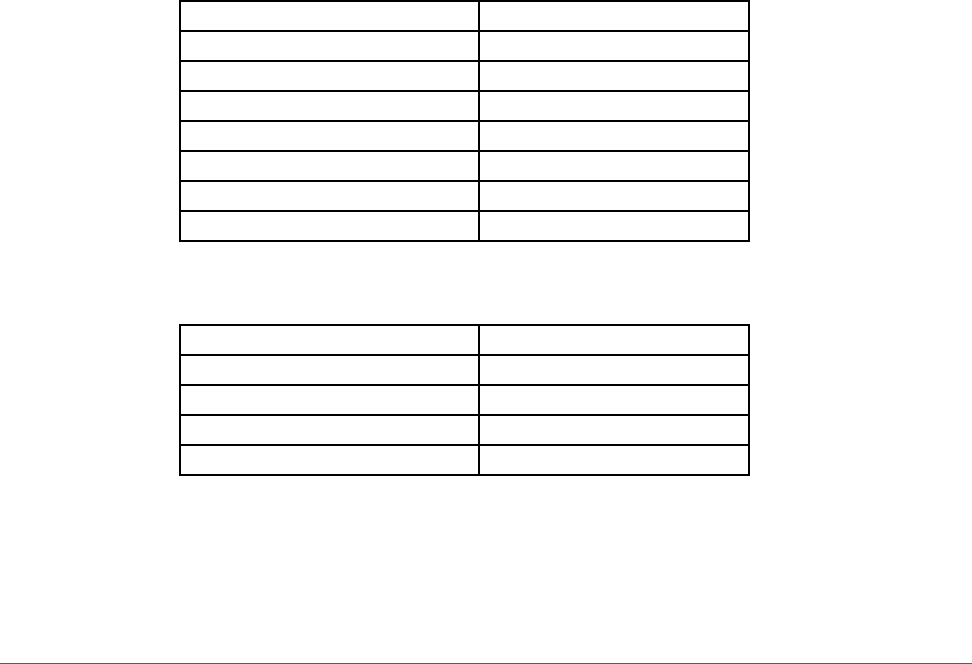User Manual
Table Of Contents
- UAD Powered Plug-Ins
- Introduction
- UAD Installation
- Overview
- QuickStart DVD
- System Requirements
- Supported Hosts
- Latest Information & Software Updates
- UAD Software Installation
- Install Software First
- UAD Hardware Installation
- Authorization
- Authorize Plug-Ins Procedure
- Load Authorization File
- Offline Authorization
- Using Unlicensed Plug-Ins
- Verifying Installation
- Learn More
- Software Removal
- UAD System Overview
- My.uaudio.com
- Using Multiple UAD Cards
- UAD Meter & Control Panel
- Overview
- Launching the UAD Meter & Control Panel Application
- Using the UAD Meter
- UAD Meter Elements
- UAD Control Panel
- System Information Panel
- Plug-Ins Panel
- Configuration Panel
- Help & Support Panel
- Using UAD Powered Plug-Ins
- Tempo Sync
- UAD Delay Compensation
- UAD-Xpander & UAD-Xtenda
- LA-2A and 1176LN
- LA-3A Compressor
- Fairchild 670
- Precision Multiband
- Precision Limiter
- Precision Buss Compressor
- Neve 33609 Compressor
- VCA VU
- Neve 88RS Channel Strip
- CS-1 Channel Strip
- Precision Equalizer
- Cambridge EQ
- Pultec and Pultec-Pro
- Neve 1073 Equalizer
- Neve 1081 Equalizer
- Helios Type 69 Equalizer
- Roland CE-1
- Roland Dimension D
- Roland RE-201
- RealVerb Pro
- DreamVerb
- Plate 140
- Precision Maximizer
- Precision De-Esser
- Precision Enhancer kHz
- SPL Transient Designer
- Nigel
- Introducing Nigel
- Preflex Plug-in
- Preflex Modules
- Gate/Comp Module
- Amp Module
- Amp Controls
- Cabinet Module
- Phasor Module
- Mod Filter Module
- TremModEcho plug-in
- Trem/Fade Module
- Mod Delay Module
- Echo Module
- Moog Multimode Filter
- History
- Index

UAD Powered Plug-Ins Manual - 256 - Chapter 30: RealVerb Pro
tion frequency, the frequency at which the decay rate is halfway between the
low-frequency and high-frequency values. At 100% thickness, the ratio of low-
frequency to high-frequency decay times is 10:1. This means that the high fre-
quencies will decay 10 times faster than the low frequencies. At 200% thick-
ness, this is multiplied by two (high frequencies decay at 20x the rate of the
low frequencies). At negative 100%, the sense of low frequency and high fre-
quency is swapped —low frequencies decay 10 times faster than the high fre-
quencies.
Many hardware and software reverbs tend to compensate for the high fre-
quency absorption that air provides. RealVerb Pro instead provides “Air” as
a material. If you do not choose to use Air as one of the materials, you can
effectively compensate for the high frequency absorption properties of air
with the Resonance filters. Set the right-hand Transition Frequency slider to
4.794 kHz, and bring the level down about –10 dB to –15 dB for large to
huge rooms, and down about –4 dB to –9 dB for small to medium rooms.
To help you out, the following lists classify the materials under two headings:
those that tend to reflect high frequencies, and those that tend to absorb them.
They are listed in order of their transition frequencies, from lowest to highest.
Table 16. Materials with high-frequency absorption
Audience Fiberglass
Cellulose Grass
Drapery Plaster on Brick
Plaster on Concrete Block Water Surface
Soil Sand
Gravel Brick
Paint on Concrete Block Air
Carpet
Table 17. Materials with high-frequency reflection
Heavy Plate Glass Seats
Plywood Marble
Hardwood Concrete Block
Glass Window Linoleum
Cork










